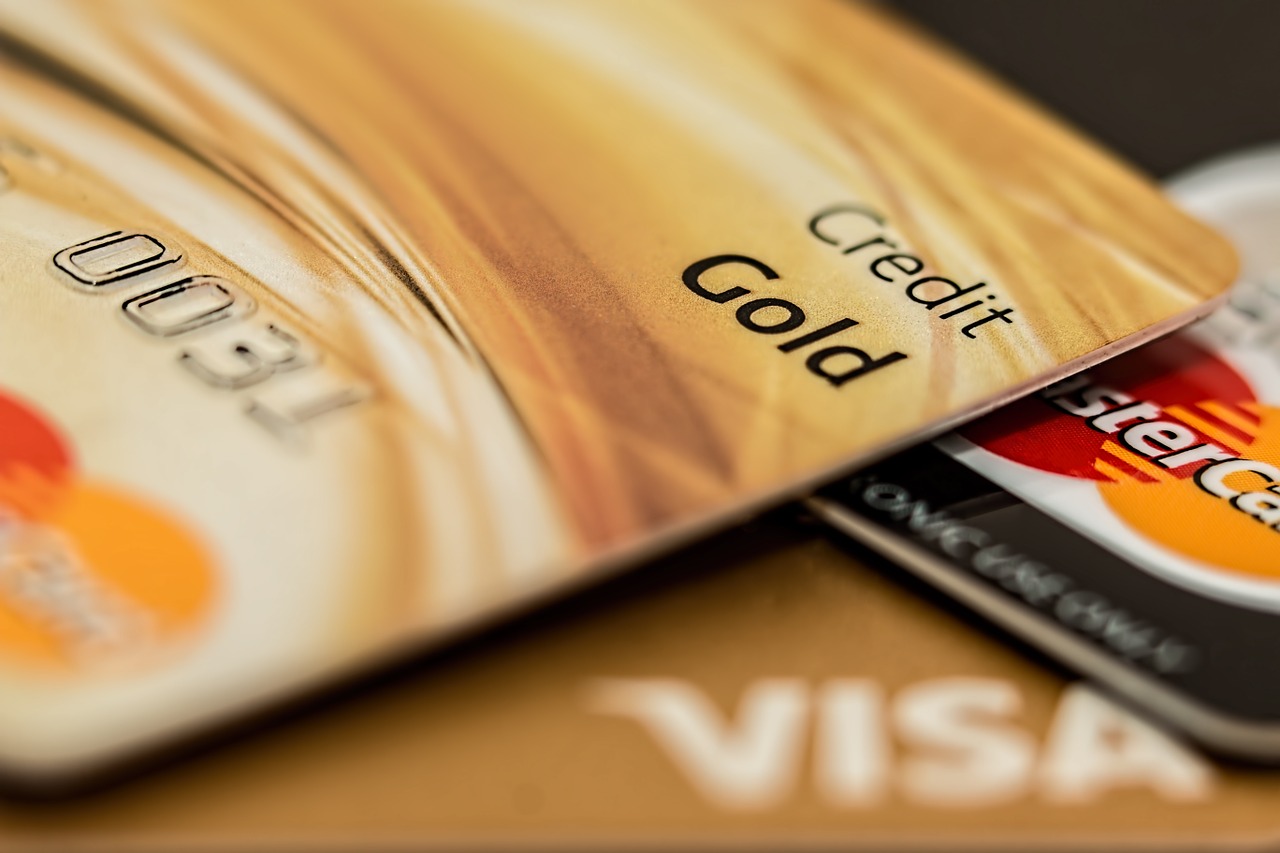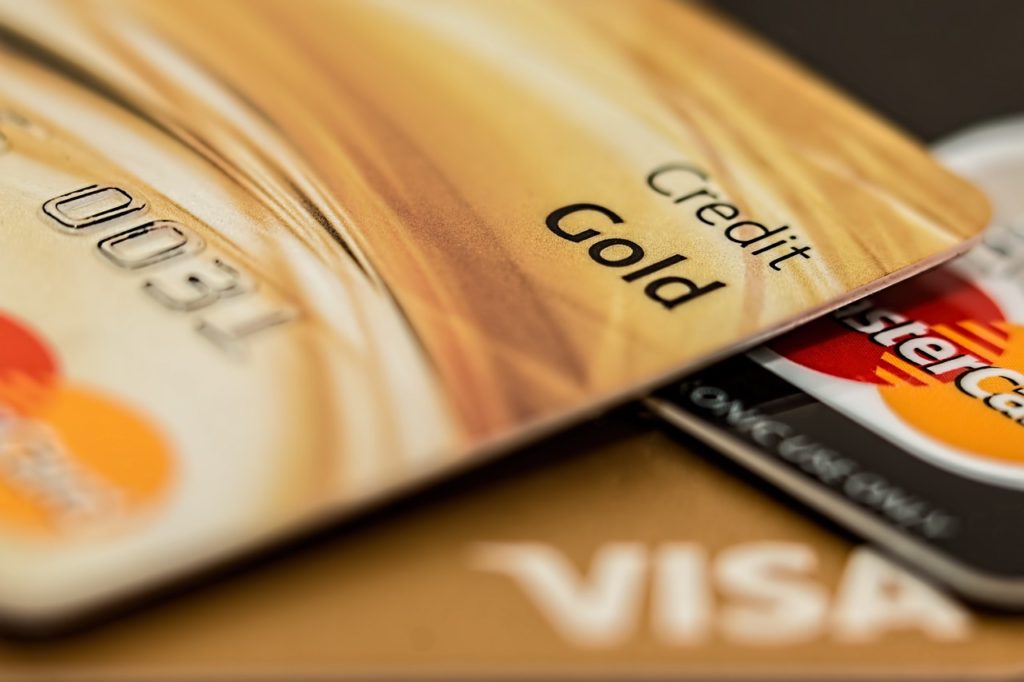How To Refinance Your Debts For A Lower Interest Rate
You may decide to refinance your debts of personal loans by paying them with another that has a lower interest rate. This is the ideal scenario that many individuals want to do. Having extra money every month can let them do the snowball or avalanche method of paying debs and they can get out of the situation faster. You can read more about the debt avalanche strategy on this page here.
Refinancing is a strategy of many people to go out of debt. This is a way of replacing an existing debt with a new one. Along comes with this a newer interest rate and term that makes it easier for individuals to pay. This is a strategy that benefits many people who have higher credit ratings, but those on the lower end of the spectrum can also have the chance in qualifying.
Here are some steps on how to refinance a personal loan and go into debt consolidation. Another thing is that it’s always a good idea to know some considerations before applying.
How To Refinance Your Debts For A Lower Interest Rate
The Process of Personal Loan Refinancing
1. Pre-qualification Steps
There are pre-qualifiers or screening phases where your credit ratings are checked in any lending company or bank. You can do a pre-qualification with various lenders on the refinance website Refinansiere and see whether the interest rates will be favorable for you.
It’s worth noting that the pre-qualification process will not affect your credit score in any way. This step will let you compare the amount you will receive, compare offers, and see if the terms given are better with your existing debt.
2. Consider the Overall Costs of Refinancing
Refinancing can add up a new loan’s fees and interests into the process. You can compare these costs to the amount you still need to pay for your loan, and if there’s a considerable margin and the new one is better, then go ahead and continue the application. The goal is to get out of a higher interest rate and get a better term where you can save money each month, and if there’s no collateral, then all the better.
3. Transfer of Loans
Others aim to transfer and use their new debt to pay off the old one. The money is automatically transferred to your preferred bank account, while others will agree to pay off the total amount of your debt without you needing to do things yourself.
4. Confirmation of the Closed Debt
It’s essential to confirm that the old loan has been totally paid off, and you should receive a receipt for this if necessary. This is to avoid having double loans that won’t help you much in the future. Avoid penalties and additional fees by contacting your old financier and making sure that they have received the money that you’re repaying them.
5. Starting the Process of Payment towards the New Debt
Financiers can allow you to pay off the loan manually each month, or they may ask you to set up an automatic payment where they can deduct a specific amount from your checking account. This is favorable for many people with recurring payments and a set date every month, so they don’t forget the due date and the bills that are needed to be taken care of for the month.
Lenders that Allow Refinancing
Know that the process of lending a loan without collateral can be tricky. They are careful with the screening process, especially if they know that there are no other assets involved in the transaction and they can’t seize any property if the borrower decides to default. These are usually termed unsecured loans. They can be risky for the lenders, so it’s understandable to have higher interest rates than the bank when you qualify.
When Is a Good Idea to Refinance?
You Have an Improved Credit Rating
Your credit rating gives you a higher score each time you pay a debt on time and when you go for months without any penalties. Borrowers with credit ratings are considered excellent, and they usually have 690 or higher scores.
These people have a low debt ratio to income, and they can receive favorable rates in general. For those who are consistent with their payments and want a lower interest rate, this is one of the opportunities that you should not miss, as there’s a higher likelihood that you’ll qualify.
Needed to Have Lower Payments Each Month
Payments can be extended through terms, and this is possible with refinancing options. Lower monthly bills each month means that you have the money to buy your needs and give you more leeway towards your budget. The extra savings can be used to pay for other debts, so you can go faster towards your goal of being debt-free.
Paying Off a Loan Faster
One way to pay off a loan faster is getting a higher monthly payment, but the term is shorter. This is where you have the budget to pay off everything and get a lower interest in total. Clearing your debts sooner can be your start towards saving for your retirement, emergency fund, and investment.
Pros to Know About
There are advantages and disadvantages when it comes to refinancing options. This is why only a few people do it, and not many are qualified. However, if you know that this is the right way for you, some of the pros that you can consider include the following:
Lower Annual Percentage Rate
A lower percentage of the interest rate is what many people are after. If you have improved your income or credit rating since you’ve taken out the initial loan, you can get a lower APR in the process and pay your debt faster.
Shorter Periods
If you can afford the higher monthly payments, then a short-term loan will reduce the costs and the overall interest, and you can get out of debt much faster.
Cons of Refinancing
Longer-Term Means Higher Interest
If you haven’t received a lower annual percentage rate, this can mean that you’ve actually increased your chances of being in debt longer. You may be struggling with the payments; it’s better if you can ask the lender to defer or do temporary pauses on them.











